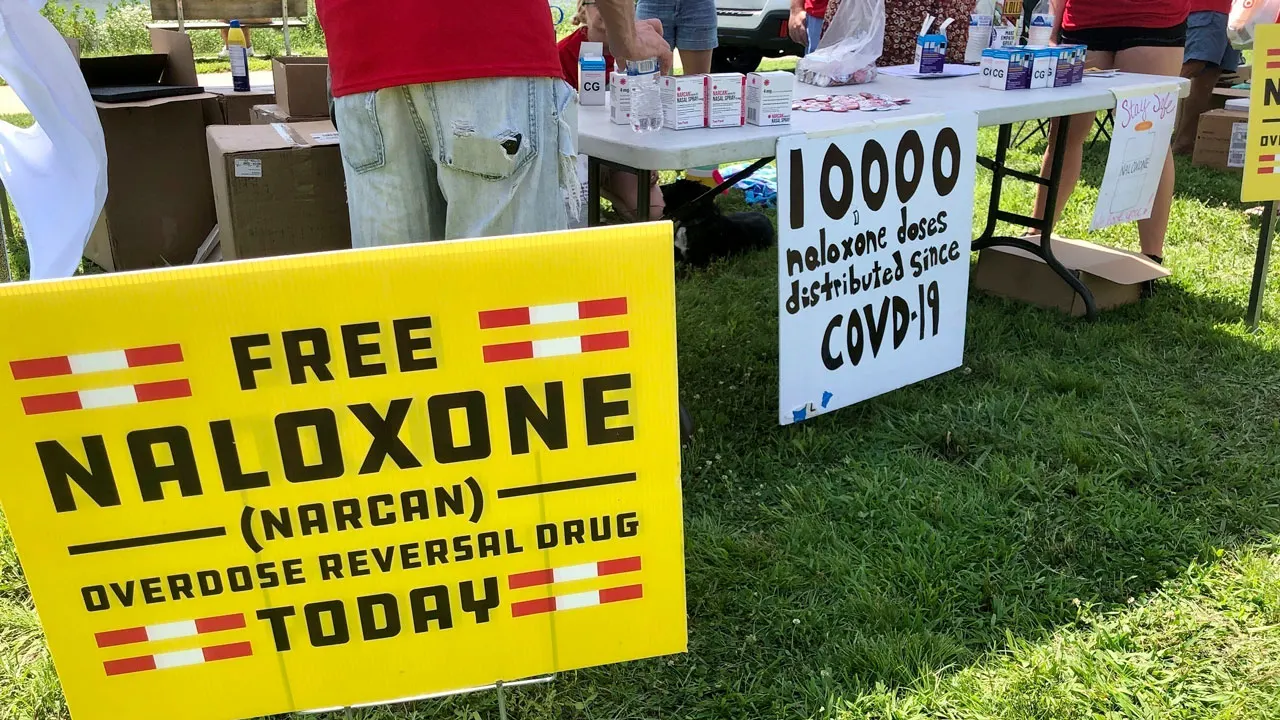Impending Medicaid Cuts Threaten Opioid Treatment Access for Vulnerable Populations
Thousands of Americans battling opioid addiction could lose access to life-saving treatments if proposed Medicaid cuts take effect, healthcare advocates warn. As congressional budget negotiations intensify, at least 15 states have enacted “trigger laws” that would automatically reduce Medicaid enrollment if federal funding decreases—potentially stripping addiction recovery services from 400,000+ beneficiaries by 2025. This looming crisis highlights the fragile intersection of healthcare policy and the ongoing opioid epidemic.
The Domino Effect of Medicaid Reductions
Medicaid currently covers 40% of all medication-assisted treatments (MAT) for opioid use disorder nationwide, according to Kaiser Family Foundation data. Proposed federal spending reductions of 8-12% would force states to make difficult triage decisions, with addiction services often among the first programs cut. “When budgets tighten, behavioral health gets squeezed first,” explains Dr. Rebecca Linwood, a health policy analyst at Johns Hopkins Bloomberg School of Public Health. “We’re talking about cutting off patients mid-treatment, which increases overdose risks fivefold.”
The trigger laws—passed primarily in Republican-led states including Texas, Tennessee, and Georgia—were designed as fiscal safeguards but now threaten to:
- Eliminate coverage for methadone and buprenorphine treatments
- Reduce counseling and case management services
- Reinstate prior authorization requirements that delay care
Voices From the Frontlines of the Epidemic
At Louisville’s BrightView Health addiction clinic, medical director Dr. Amir Gupta sees the human cost of coverage instability. “Last month, three patients relapsed after Tennessee’s Medicaid work requirements disrupted their treatment schedules,” he recounts. “These aren’t lifestyle choices—this is chronic disease management. You wouldn’t take insulin away from a diabetic.”
However, some policymakers argue fiscal responsibility necessitates reforms. “Medicaid spending has grown unsustainable at 20% of state budgets,” contends Rep. Mark Dawson (R-AZ), chair of his state’s health appropriations committee. “We can maintain core services through block grants and local innovation.” Critics counter that such approaches often lead to reduced enrollment and benefit cuts.
Data Reveals Stark Consequences of Treatment Interruptions
A 2023 JAMA Network Open study paints a troubling picture of what coverage losses could bring:
- 67% increase in fatal overdoses among patients losing MAT access
- Emergency room visits for opioid complications rising 142% in counties with Medicaid reductions
- Average $18,000 higher annual healthcare costs per untreated individual
Urban clinics aren’t the only facilities at risk. Rural areas—which saw a 43% higher opioid mortality rate than cities in 2022—rely disproportionately on Medicaid-funded mobile treatment units and telemedicine services. “We serve counties where the nearest inpatient facility is three hours away,” says Marisol Herrera, director of Appalachian Recovery Solutions. “If these vans stop running, people will die waiting for care.”
The Political Battle Over Healthcare Funding
Democratic legislators are pushing for protections modeled after the Affordable Care Act’s Medicaid expansion, which reduced uninsured rates for low-income adults by 35% in participating states. “This isn’t about politics—it’s about preventing a preventable public health disaster,” argues Sen. Elizabeth Chen (D-CO), who introduced the Sustaining Recovery Coverage Act in May.
Meanwhile, the White House has proposed a compromise: maintaining addiction treatment funding while allowing states more flexibility in other Medicaid areas. Health policy experts remain skeptical. “Carve-outs for specific services create administrative nightmares,” notes Georgetown University’s Center for Health Insurance Reform. “The solution is adequate baseline funding, not piecemeal protections.”
What Comes Next for Patients and Providers?
With final budget decisions expected by November, treatment centers are preparing contingency plans. Many are:
- Applying for emergency grant funding
- Training staff on sliding-scale payment systems
- Stockpiling naloxone rescue kits
Advocates urge concerned citizens to contact their representatives and support nonprofit recovery organizations. As the debate continues, one reality remains unchanged: for thousands battling addiction, Medicaid isn’t just another program—it’s the thin line between recovery and ruin. “This isn’t abstract budget math,” reminds Dr. Gupta. “These cuts have names and faces. I see them in my clinic every day.”
For information on protecting addiction treatment access in your community, visit the Addiction Policy Forum’s advocacy toolkit.
See more WebMD Network



